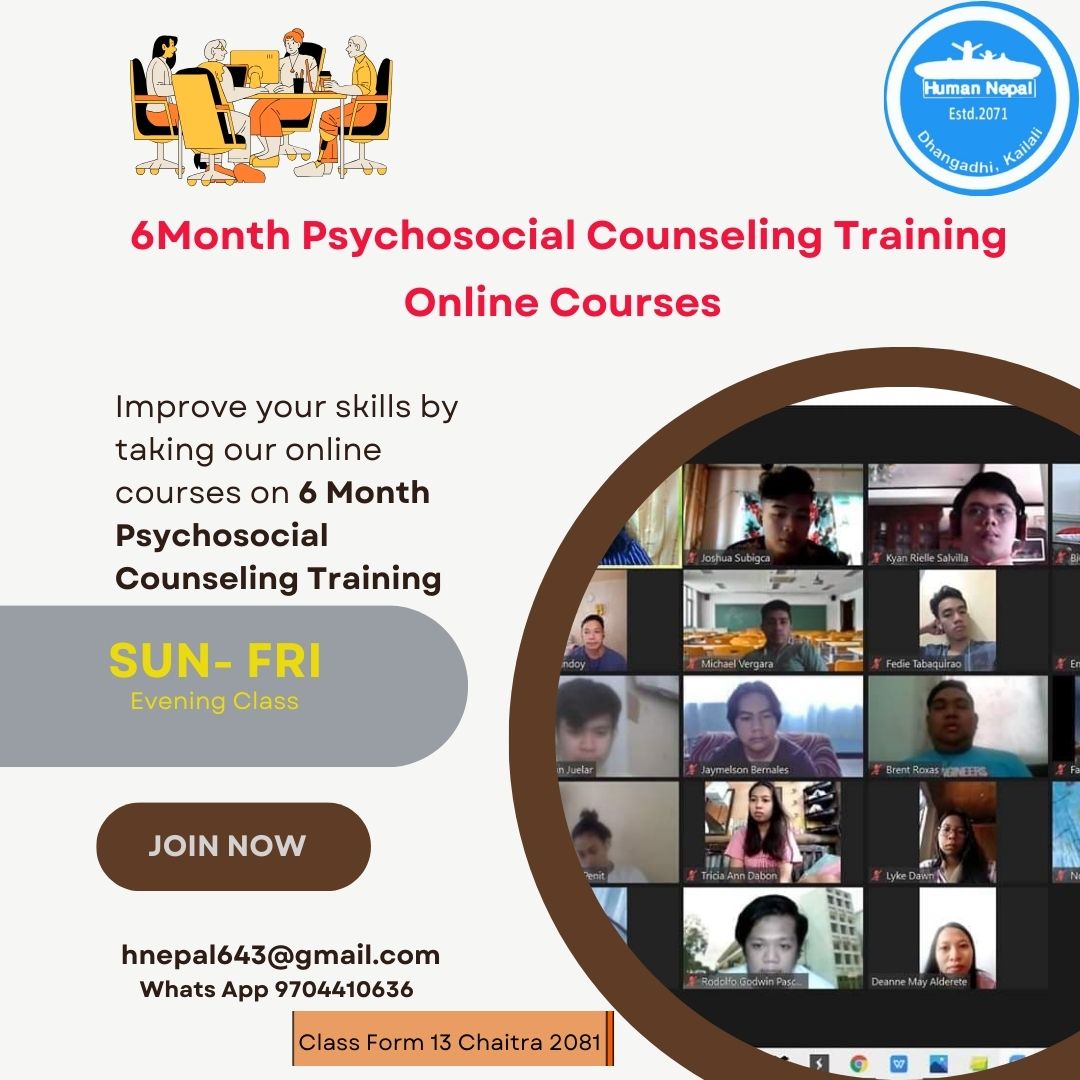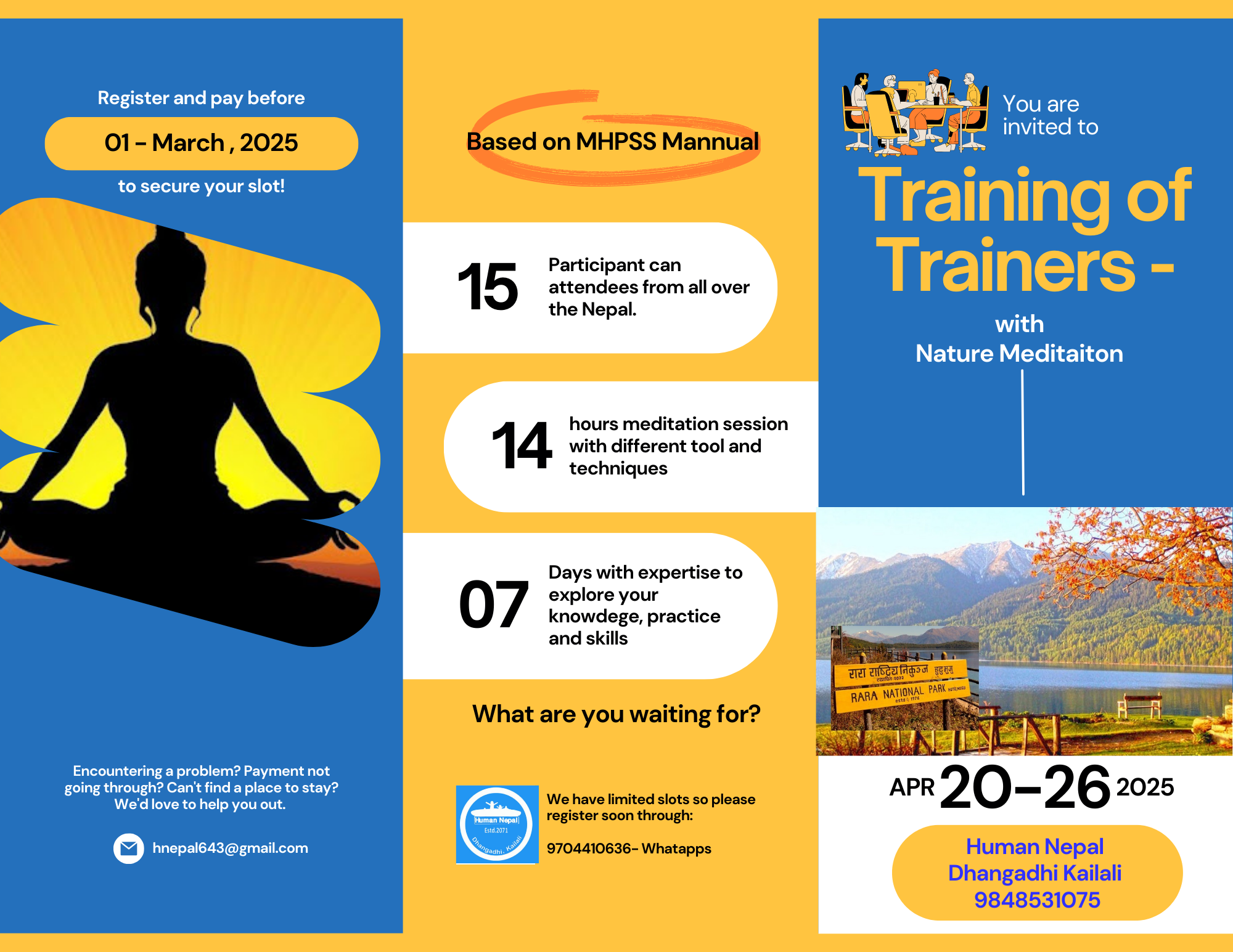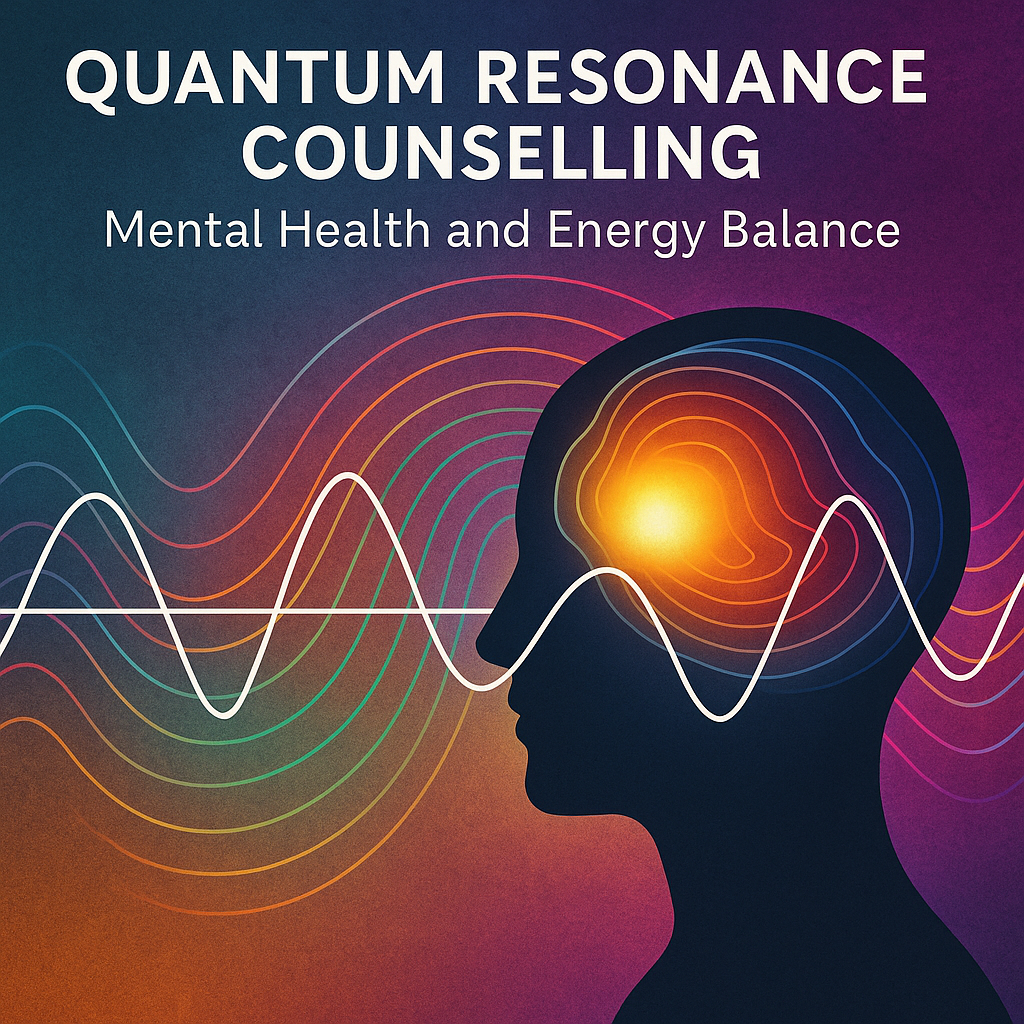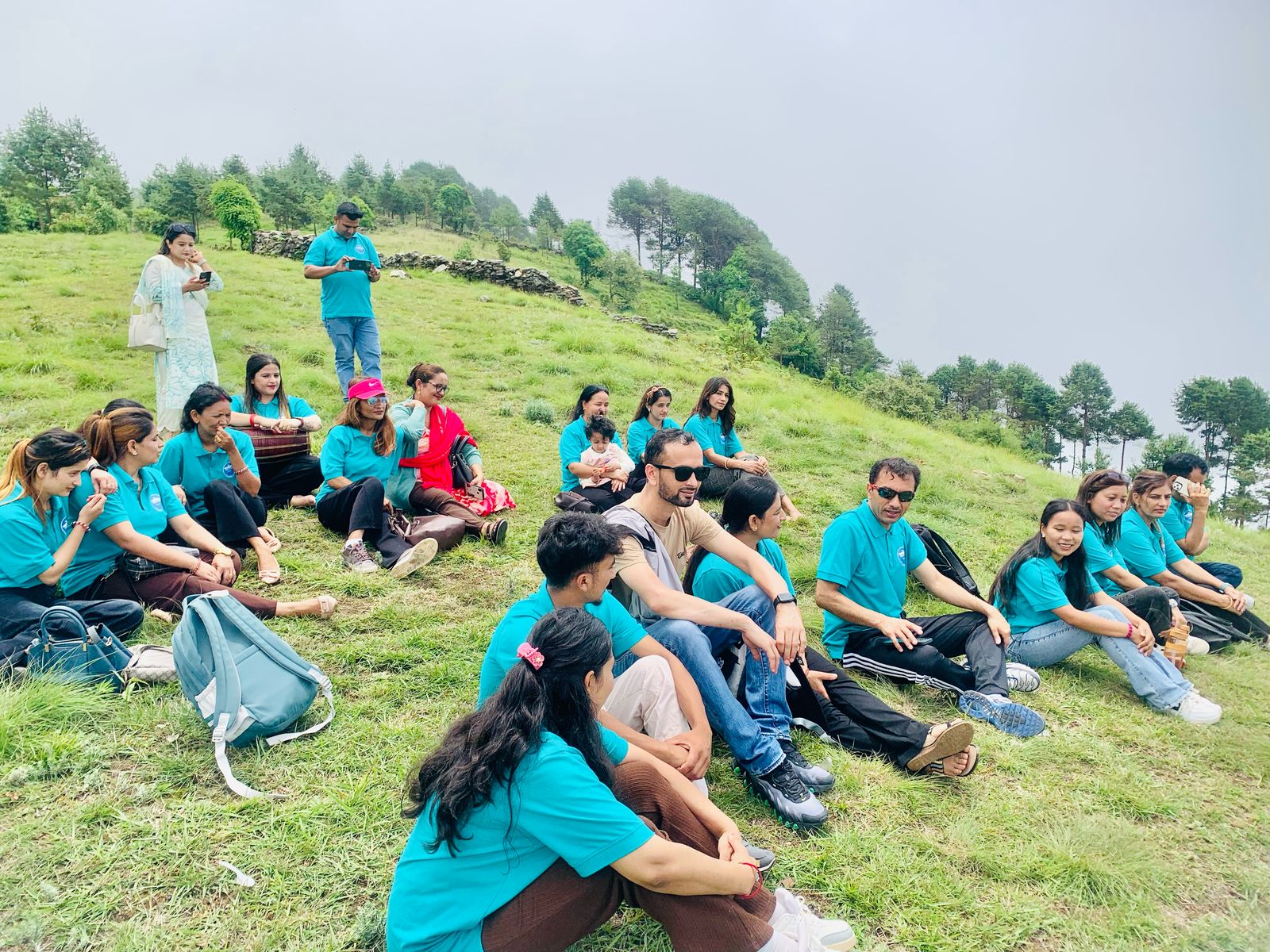Quantum Resonance Counseling (QRC): A Transformative Innovation in Counseling Psychology
By Umesh Shiwakoti, Founder of QRC Theory, Nepal
In the evolving landscape of mental health and therapeutic science, new paradigms often emerge from deep cultural insights, lived experience, and a pressing need to address the limitations of existing models. One such groundbreaking innovation is Quantum Resonance Counseling (QRC) — a theory and therapeutic model developed in Nepal that redefines the way we understand healing, presence, and emotional energy. Founded by Umesh Shiwakoti, a Nepali mental health professional and scholar, QRC represents a fusion of Eastern spiritual tradition, quantum-inspired awareness, and humanistic psychology tailored for both local and global relevance.
The Need for a New Counseling Paradigm
The 21st century has witnessed significant advances in counseling and psychotherapy. Cognitive Behavioral Therapy (CBT), Solution-Focused Therapy, Gestalt, Person-Centered Counseling, and other evidence-based modalities have shown remarkable results. Yet, despite these tools, there remains a large segment of clients who do not find deep emotional healing through traditional “talk therapy” alone. Many people carry unexpressed grief, trauma, emotional dissonance, or cultural wounds that require more than structured conversation or cognitive reframing.
In numerous cultural contexts — especially in South Asia and other Eastern societies — healing often happens through silence, vibration, shared presence, ritual, or spiritual alignment. People might not always have the words to describe their pain, but they feel it deeply. For such clients, a more intuitive, presence-based, and vibrationally tuned approach is needed — one that acknowledges not just the mind, but the body, spirit, and subtle emotional frequencies. This is the context in which Quantum Resonance Counseling (QRC) emerges as a timely and transformative model.
What is Quantum Resonance Counseling (QRC)?
Quantum Resonance Counseling (QRC) is a new theoretical framework in counseling psychology that proposes human emotional suffering as a state of internal vibrational dissonance. Healing, in this model, is achieved through resonance — the alignment of the client’s energetic-emotional field with that of a deeply present and attuned counselor. It views the therapeutic relationship as a field of subtle energy exchange, where the counselor’s presence, breath, emotional frequency, and silence become powerful tools for transformation.
QRC integrates knowledge from quantum physics, neuroscience, Eastern spiritual practice, and experiential counseling. It posits that just as particles at the quantum level respond to observation and vibration, human emotions and energetic states also respond to conscious presence and resonance. The theory is not about quantum mechanics in a literal sense but draws metaphorical inspiration from quantum concepts like non-locality, entanglement, coherence, and vibration to inform human interaction in therapy.
The Founder’s Perspective
Umesh Shiwakoti, the founder of QRC, developed the theory after years of counseling practice, cultural observation, and spiritual introspection in Nepal. He holds an M.Ed. in Health Education and is pursuing an M.A. in Counseling Psychology. As the Chairperson of Human Nepal, a prominent organization in the field of psychosocial counseling, Umesh has worked closely with clients from diverse backgrounds — trauma survivors, grieving individuals, emotionally shut-down youth, and those facing existential emptiness. In his words:
“I noticed that many clients weren’t responding to logical dialogue. But when I simply became present with them — in silence, in deep listening, with mindful breath — something shifted. They cried without being asked, they opened up without questions. That’s when I realized: healing is more about presence and less about persuasion.”
Umesh found that combining deep cultural awareness, non-verbal attunement, mindful breathing, and subtle energy sensitivity created a powerful resonance between counselor and client. He started developing a structured yet intuitive model around these observations — which became Quantum Resonance Counseling.
The Core Principles of QRC
QRC is founded on several key principles:
- Vibrational Dissonance Causes Emotional Pain: Human suffering often stems from internal disharmony between what we feel and what we express, between our past energy imprints and our present self.
- Healing is Resonance: When a counselor enters a state of mindful, compassionate presence, their calm energy field can help realign the client’s scattered emotional frequency, much like tuning a musical instrument.
- Presence is the Therapy: The counselor’s silent, attuned presence — not just their words — acts as a container for emotional release.
- Less Talk, More Connection: QRC reduces unnecessary verbal questioning and focuses more on breathing, sound, posture, gaze, silence, and vibrational awareness.
- Cultural Integration: QRC draws from ancient practices like meditation, mantra, pranayama, ritual silence, and emotional purification from Eastern traditions.
- Field-Based Approach: Counseling is seen as a shared emotional field — not just two individuals, but a co-created energetic space of resonance.
- Non-Pathologizing: Emotions are not problems to be fixed, but vibrations to be felt, released, and realigned.
The Six Phases of a QRC Session
A standard QRC session typically flows through six core phases, though it remains flexible depending on the client’s state:
- Resonant Arrival: Welcoming the client with grounding, silence, and a safe emotional tone. The counselor regulates their own energy first.
- Energy Tuning: Use of breathwork, short meditative exercises, and visual imagery to help the client settle into the body and present moment.
- Emotional Synchrony: Building a non-verbal energetic connection between counselor and client — eye contact, silent empathy, body language mirroring.
- Healing Resonance: Inviting emotional release through guided sound, vibration, or intuitive presence. Sometimes involves expressive tools like humming, soft tones, or tactile grounding.
- Integration Space: After release, the client is given reflective space to ground, breathe, and make internal meaning.
- Departure with Harmony: Closing with a brief affirmation or emotional anchor to help the client leave in a balanced state.
These six phases can take anywhere between 45 to 90 minutes and are practiced in a calm, safe, and respectful space.
Is QRC Spiritual or Scientific?
QRC lies at the intersection of science, experience, and spirituality. It is not religious, but it honors the emotional wisdom found in cultural and spiritual traditions. It does not claim to be a replacement for medical or psychiatric treatment but offers an alternative or complementary approach for clients who are not fully served by conventional talk therapy.
The use of “quantum” in QRC is metaphorical and experiential — not a direct scientific claim. Just as quantum physicists observe that particles respond to observation and resonance, QRC suggests that human emotions respond to conscious presence and field resonance. The scientific world is increasingly exploring how heart rate variability, mirror neurons, energetic coherence, and somatic regulation contribute to emotional well-being. QRC builds on these emerging insights and offers a structured therapeutic method rooted in such principles.
Practical Application and Client Impact
In practice, QRC has shown promise in working with:
- Grief and loss
- Anxiety rooted in bodily tension
- Trauma survivors unable to verbalize experiences
- Emotionally shut-down clients
- Clients resistant to logic-based interventions
- Children and elderly populations
- Culturally spiritual clients
Several clients have reported experiencing a deep emotional release without even speaking much. They describe feeling “lighter,” “more seen,” or “held” in ways that words couldn’t offer. The counselor becomes not a fixer, but a compassionate mirror who vibrationally aligns with the client.
One client, after a single session, said:
“I didn’t even know what I needed to say. But in that silence, I cried. And I felt more healed than after months of talking.”
QRC in the Nepali Context
Nepal is rich in spiritual and emotional traditions — rituals, temples, community bonding, and meditation practices. Yet, in the modern world, these have often been disconnected from mainstream mental health care. QRC bridges this gap by honoring Nepali culture while structuring a model that is professional, ethical, and exportable globally.
Umesh Shiwakoti believes that Nepal can lead the world by contributing original, culturally rooted psychological models. Just as mindfulness and yoga traveled from the East to the West, QRC is now poised to become a globally appreciated contribution from Nepal’s healing wisdom.
Global Vision and Future Research
QRC is not the final destination — it is a starting point. The model invites future research, refinement, and academic validation. Umesh is preparing to present QRC in academic journals, conferences, and global mental health platforms. He is also open to collaboration with researchers, students, institutions, and therapists who wish to explore the model.
Future goals for QRC include:
- Publishing in peer-reviewed journals
- Training QRC counselors and supervisors
- Creating a QRC certification course
- Developing QRC-based group therapy modules
- Collaborating with universities and global mental health organizations
The vision is to make QRC a globally recognized, evidence-informed, and culturally sensitive theory that expands the possibilities of emotional healing.
Final Words from the Founder
“Quantum Resonance Counseling was born not in a lab, but in lived human encounters — in moments of silence, in tears, in the sacred space between two people. I believe healing doesn’t always need more talking — it needs more presence, more vibration, and more love.”
— Umesh Shiwakoti
About the Author
Umesh Shiwakoti is a mental health professional from Nepal, holding an M.Ed. in Health Education and currently pursuing an M.A. in Counseling Psychology. He is the Chairperson of Human Nepal, a respected organization in psychosocial development. Umesh is the official founder and theorist of Quantum Resonance Counseling (QRC) and is passionate about integrating cultural wisdom with modern psychology to serve humanity with depth and compassion.
Contact: umesh66pc@gmail.com
Related Blogs
Your go-to source for mental health insights, tools, and advice.






